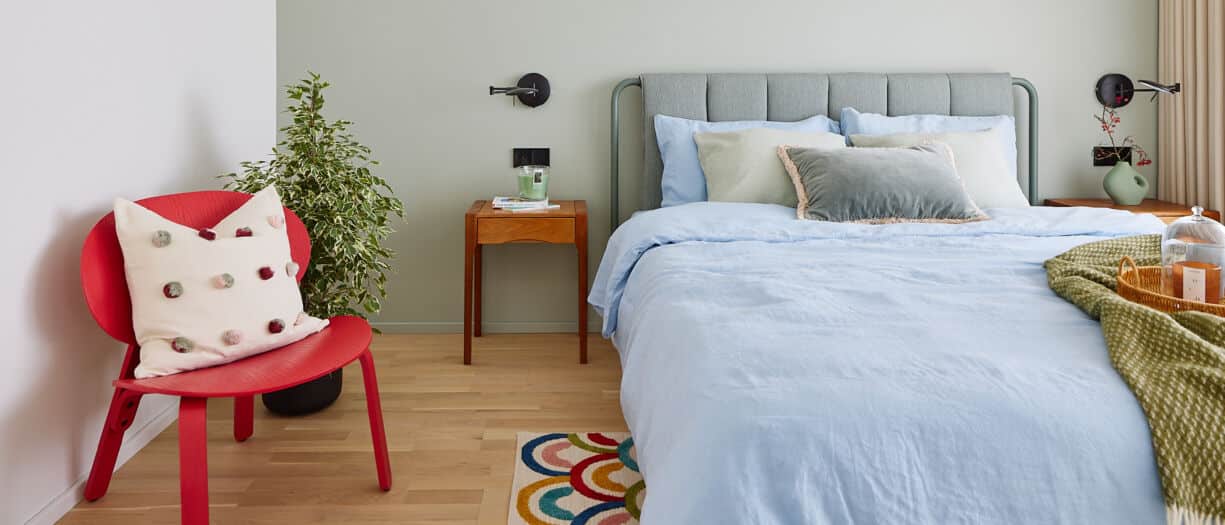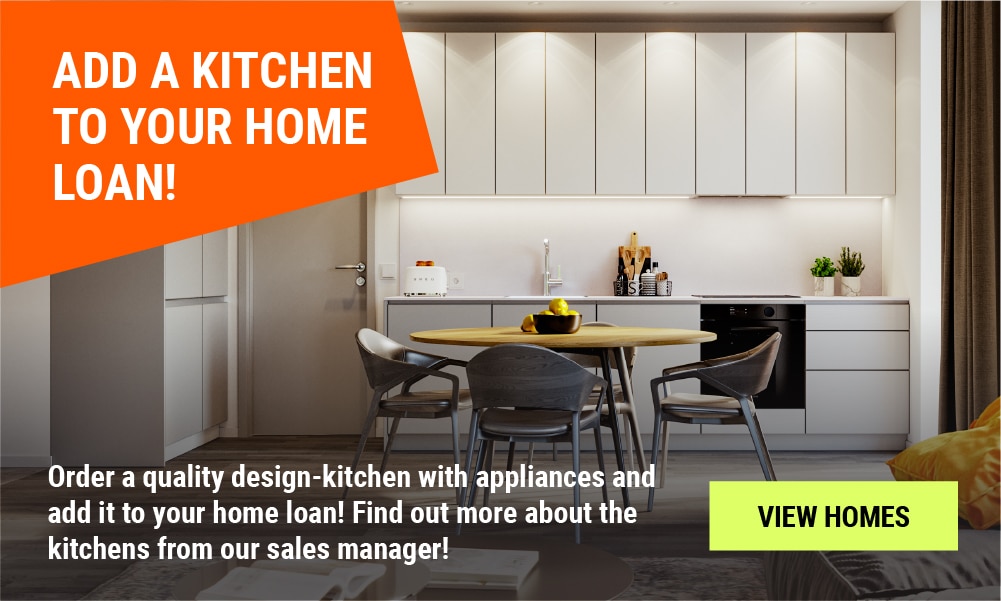A WELL-THOUGHT-OUT HOME AT AN INDUSTRIAL HERITAGE SITE
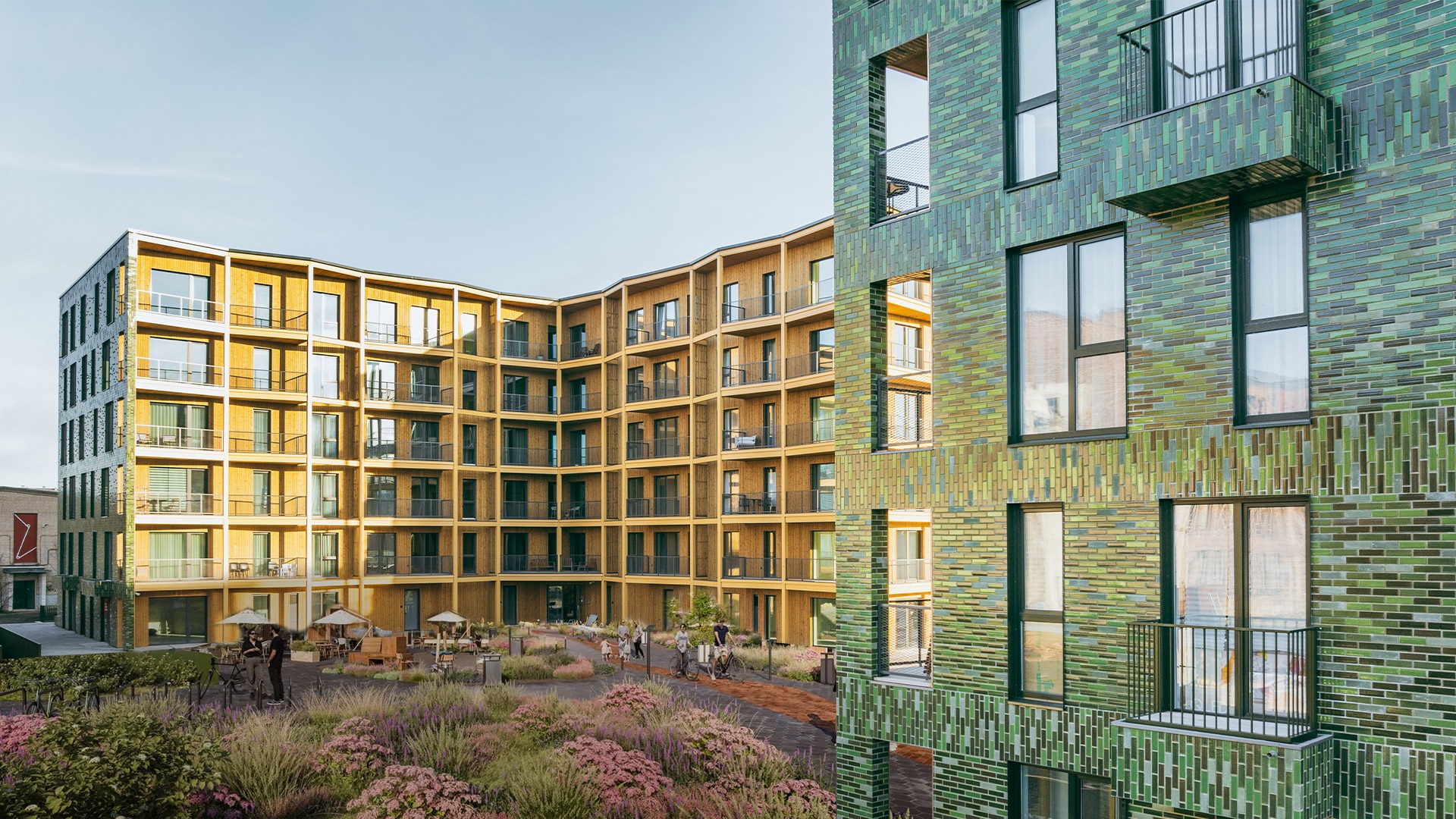
Modern and elegant
The buildings at 7 Manufaktuuri Street are located in the heart of Põhja-Tallinn in the Manufaktuuri quarter. It is a high-quality living environment designed with intention. The quarter is easily accessible, allows the harmonious integration of work and leisure, is highly functional and provides plenty of entertainment.
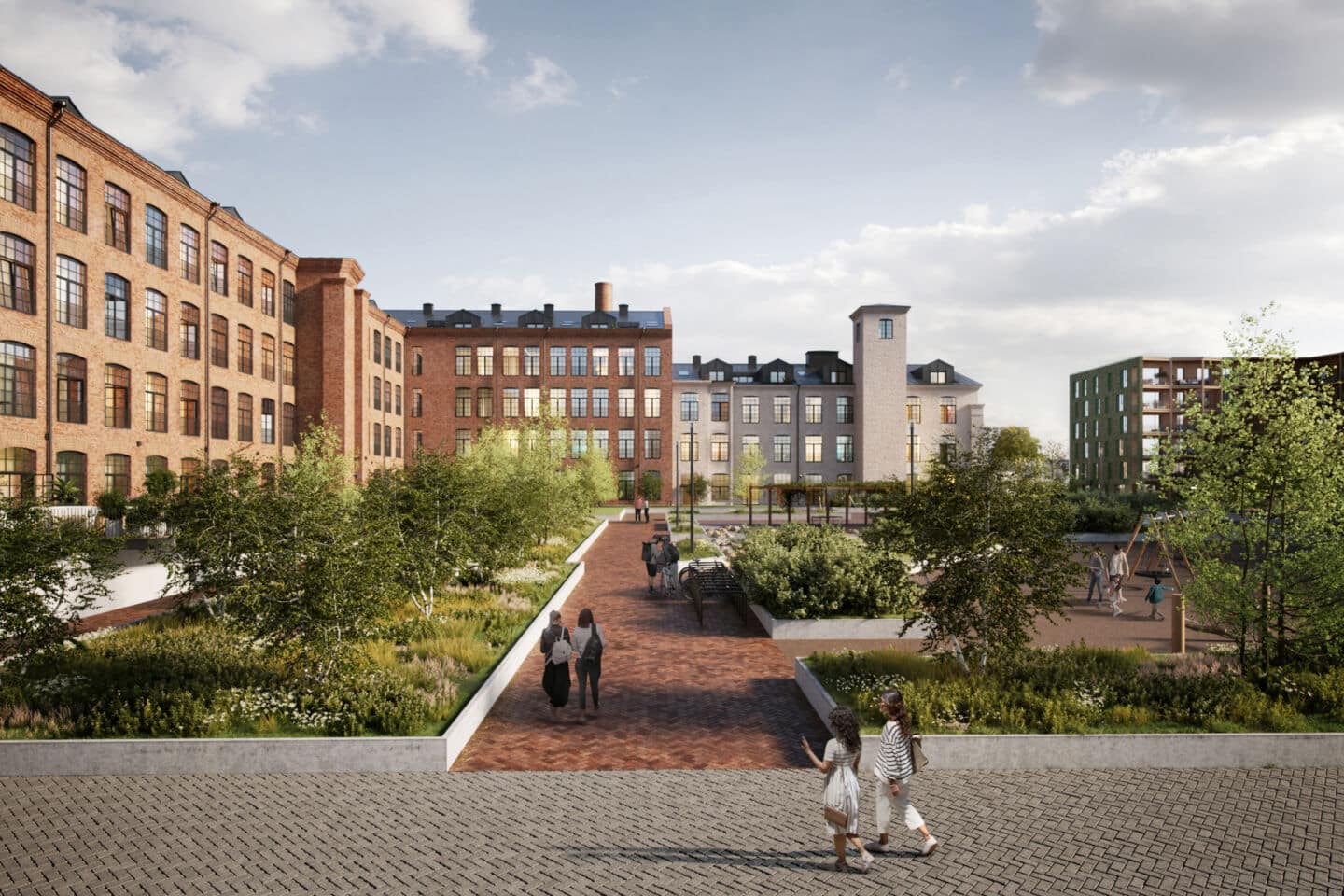
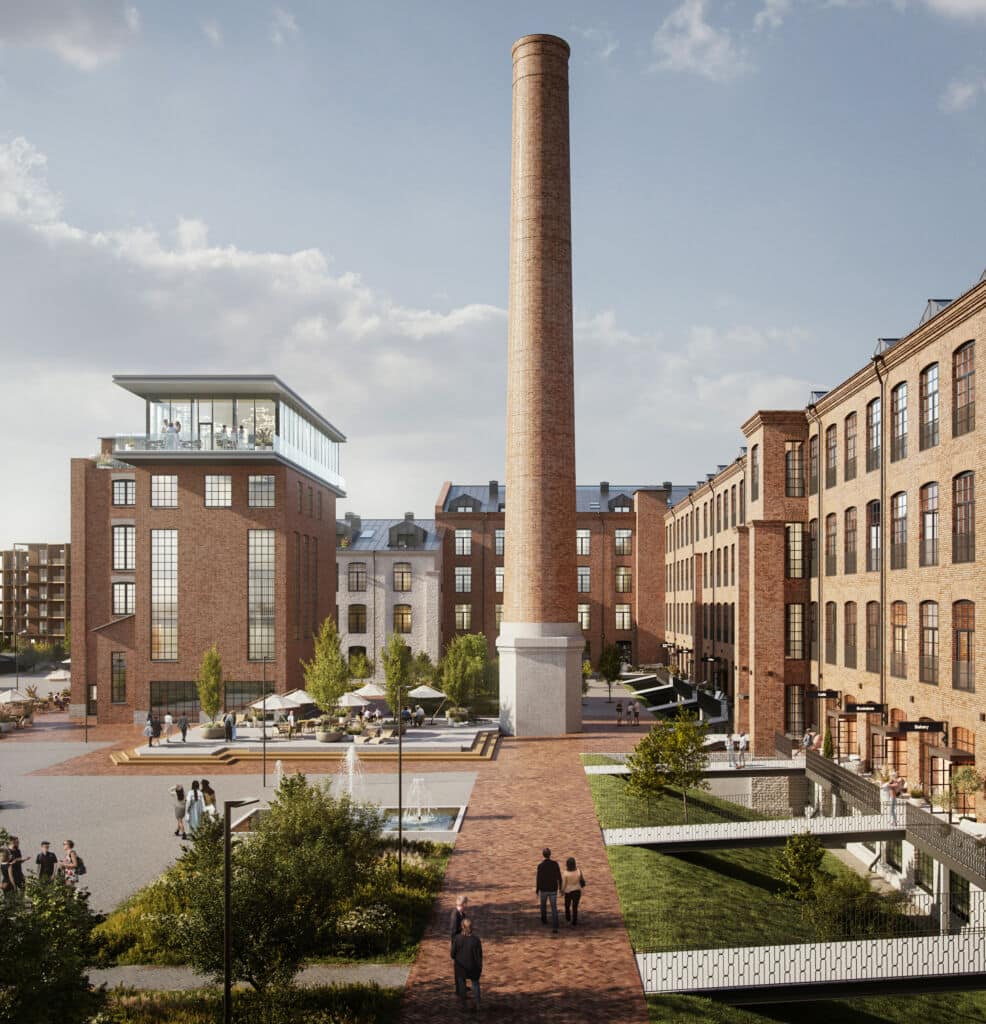
Manufaktuuri 7 homes are move-in ready!
Two buildings with a total of 150 apartments and 452 m2 of commercial space.
Almost every apartment has a balcony or a terrace. Apartments range from compact one-bedroom to spacious five-bedroom ones.
Energy class A.
A five-coloured green brick tile façade mixed with homely wooden balconies.
Convenient underground car park.
A familiar sense of comfort in cosy greenery
A home is more than four walls and a roof. A home is a place with a nearby playground for children and an area for the sporty among us to go for a jog. The homely feeling extends to the greenery around the houses – there are two large orchards with over a hundred apple trees on Kopli Street. The beautiful natural environment presents opportunities to relax, have picnics or go for walks. The playgrounds and recreational areas allow children and adults alike to relax and unwind. The Manufaktuuri quarter offers all of this – it is an organic marriage of suburban security and urban convenience.
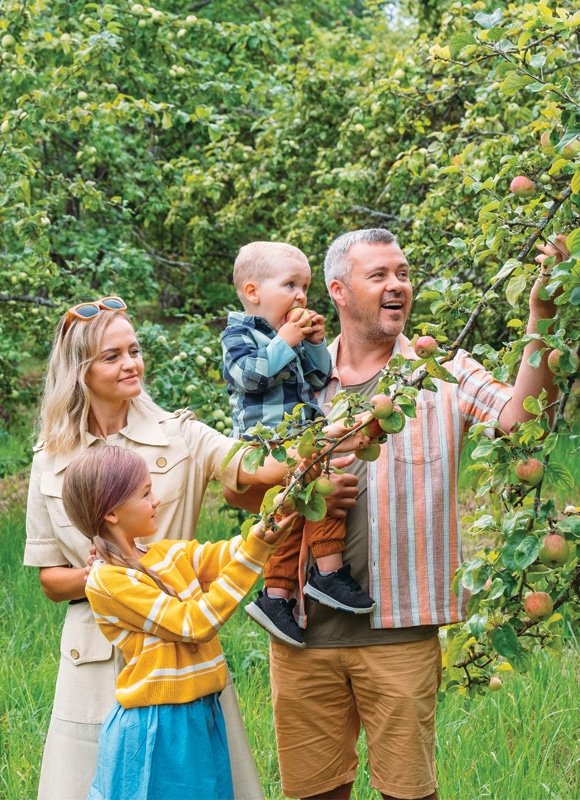
Warm and dynamic environment
The buildings are designed by the architecture office Molumba. The character of the buildings at Manufaktuuri 7 is determined by their location in Manufaktuuri Quarter – a pedestrian walkway runs between the new apartment buildings, linking the entire district and creating an intimate and dynamic courtyard. In this way, the more private sides of the buildings face outwards and a warm and welcoming space for walking and socialising is created inside the quarter, gradually expanding throughout the developing neighbourhood. The materials used for the façades of the buildings – brick and timber – are evocative of the quarter’s history, while imbued with a modern twist.
The interior design of Manufaktuuri Quarter was based on the specific location of the project. The author of the interior architecture is LÄVI interior architects. As the quarter has a strong character and the neighbourhood is diverse, the interior design and apartment packages had to reflect that as well. The quarter hasn’t emerged in an empty spot – it has a long history and there are small details in the materials and the approach to form that suggest this. It was also important for the design of the communal areas to match the exterior architecture of the building and for the story that begins outside to trickle into the inside of the building.

Intriguing and colorful landscape architecture
The architecture of the landscape draws inspiration from the neglected industrial areas of the Kopli peninsula on the one hand and the Victorian gardens of the industrial era as well as the flowerbeds and rock gardens around the Kopli apartment buildings on the other hand. The landscaping of the courtyard area will be based on the principles of reuse, for example through using leftover building materials. The colourful landscaping, typical of rock gardens, creates an intriguing contrast with the concrete pieces and stones visible between the plants. The architects of the landscape are Kadarik Tüür Arhitektid.
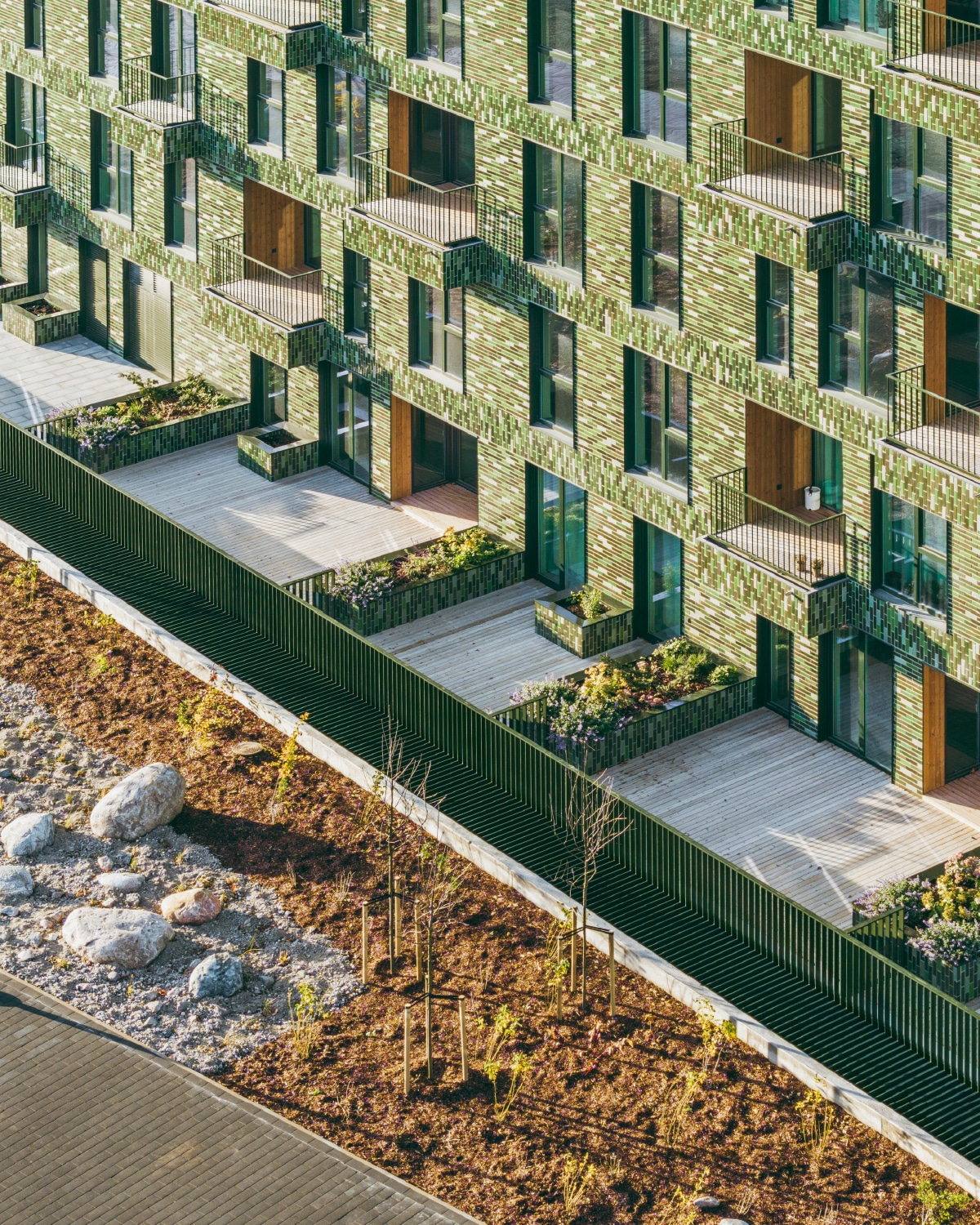
FUTURE OF THE QUARTER
The residential spaces in Manufaktuuri Quarter have been integrated with office and commercial spaces and restaurants. This creates a quarter with a diverse, vibrant and lively business environment, while design choices inspired by the quarter’s history help retain the unique character of the industrial era.
See more
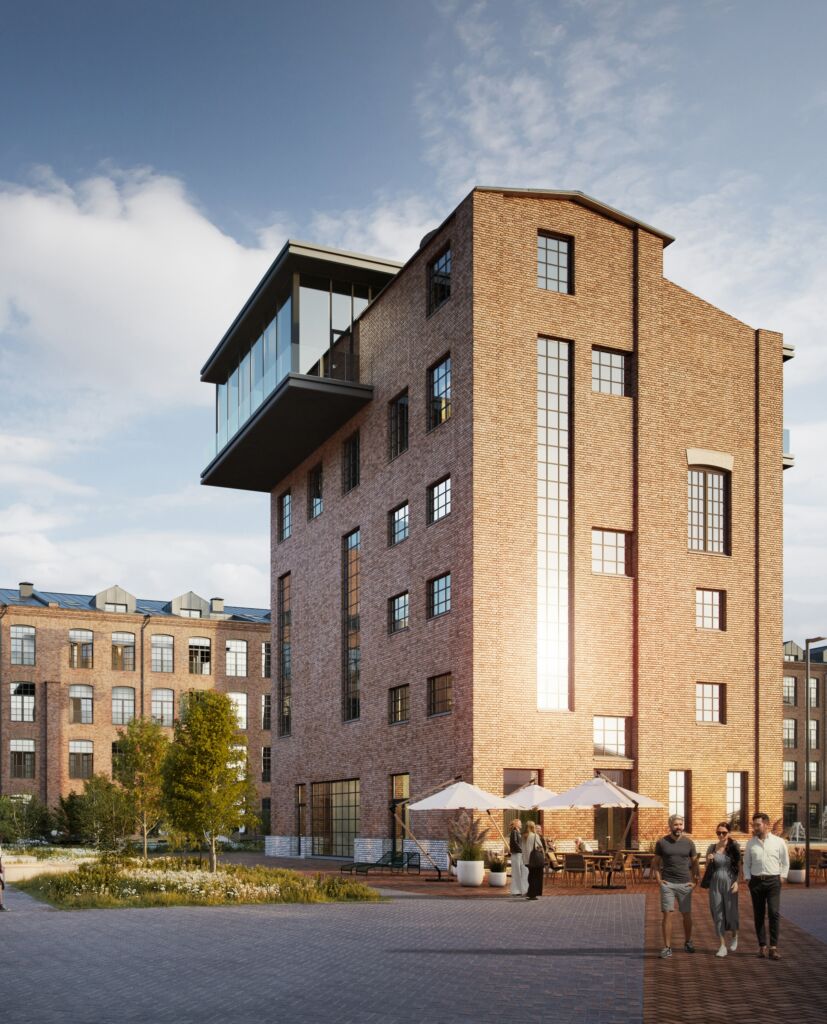
RESPECTABLE HISTORY OF THE INDUSTRIAL AREA
Production in the area of the Manufactory Quarter started in 1898 with the establishment of the Baltic Cotton Spinning and Weaving Factory (i.e. the Baltic Cotton Factory). At first, the factory had a little over a hundred workers, but their number had increased to 2,020 by 1908 – the year that marked the height of the factory’s success. Production in the factory came to and end only in 2005.




"*" indicates required fields
